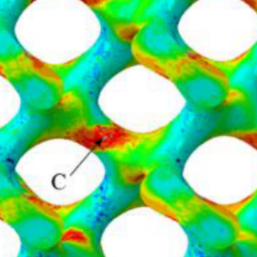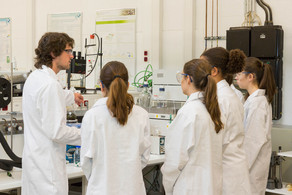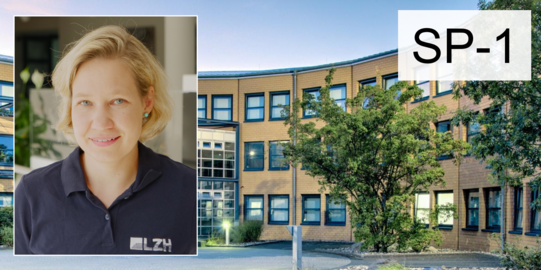Process development and sensor-based process monitoring and control of laser-additive manufactured implants with complex outer geometries and inner structures
Additive manufacturing, especially the laser-based powder bed fusion technique, enables the manufacturing of complex components and small batches. This method is therefore predestined for the manufacturing of patient-specific implants, which can be locally graded in their stiffness through the targeted use of graded lattice structures. The overall aim of SP-1 is therefore the reproducible processing of patient-specific implants made of Ti-6Al-4V with adjustable, graded porosity. For this purpose, the mechanical properties, surface topography, corrosion and failure properties must be designed accordingly via the process conditions of the laser-based powder bed fusion process and their influences and interactions must be investigated. To locally adjust the stiffness, graded TPMS lattice structures (triply periodic minimal surface) are generated and their geometric parameters are varied, examined and adapted to the load situations determined by FE simulations (finite elements). In addition, online process monitoring data is collected in SP-1 with the aim of being able to correlate the melt pool geometry and process emissions with the set process parameters, the resulting surface and microstructure and the resulting component properties. In order to investigate the influence of the surface topography (e.g. high roughness) and the complex TPMS lattice structures on the coating process and tissue integration, different samples are made available to the other sub-projects. Based on the results of the cyto- and biocompatibility studies, the challenge arises to iteratively further develop the surface topography and the lattice structure. The experiments are planned, carried out and analyzed based on the Design of Experiments approach (DoE). This way a developed empirical model can show correlations and interactions and can be used in the future to select suitable process settings for individual implants.






